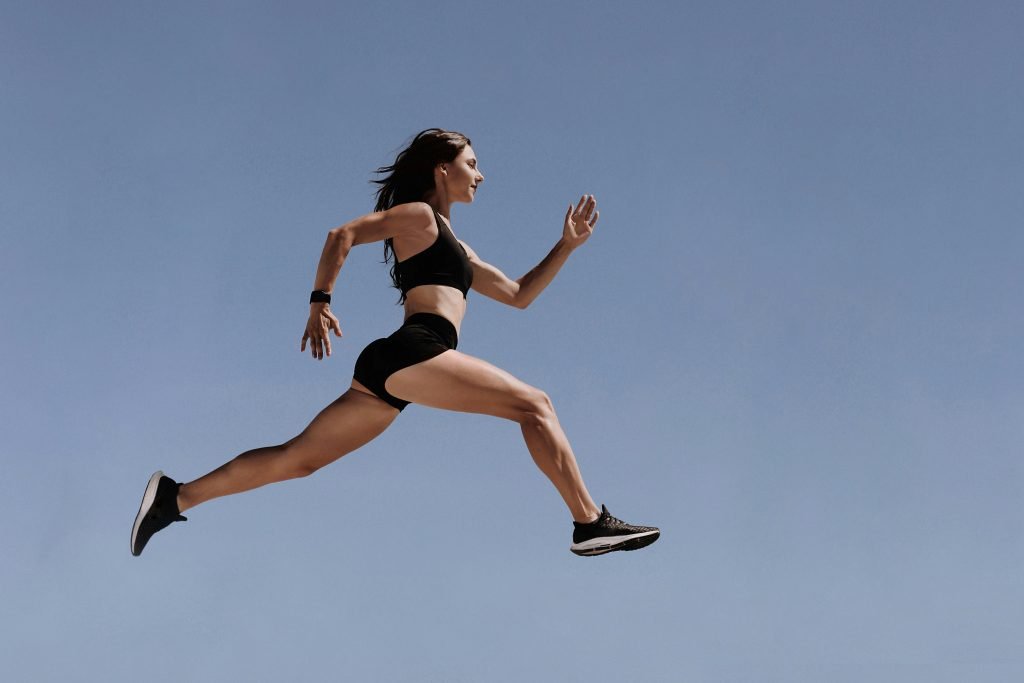As activewear brands begin preparing for the upcoming autumn and winter seasons, hoodies remain a staple in every new collection. If you’re planning to develop your own custom hoodies, there are several important factors to consider — from fabric selection to design details, logo techniques, and label types. mattis, pulvinar dapibus leo.
1.Hoodies Fabrics
Normally we recommended three types of fabrics :cotton ,air layer cotton ,modal-polyester air layer.We did comparison for you to understand easily.
| Feature | Air Layer Cotton | Modal(Lyocell)-Poly Air Layer | Pure Cotton |
| Structure | 3-layer knit with an air gap | Modal + Polyester blended air layer structure | Single-layer cotton |
| Feel | Lightweight, elastic, structured | Smooth, soft, drapey with slight sheen | Soft, warm, natural |
| Warmth | Moderate to good | Moderate to good | Good (depends on fabric weight) |
| Appearance | Crisp, holds shape well | Sleek, luxurious, modern | Classic, casual |
| Stretch | Moderate stretch | Good stretch | Little to no stretch unless blended |
| Breathability | Fair | Excellent moisture-wicking (Modal is absorbent) | Very good |
| Durability | Durable, anti-pilling | Good durability | Prone to shrinkage and wrinkling |
| Cost | Mid-range | Slightly higher cost | Generally higher (depends on weight) |
| Suitable Season | Spring, Fall, Early Winter | Spring, Fall, mild Winter | Fall/Winter, or Summer (lightweight version) |
| Ideal for | Sports casual, mid-range fashion hoodies | Fashion-forward, urban wear, premium activewear | Classic American-style casual, custom hoodies |
Our suggestions:
- For sporty, structured, lightweight hoodies → Choose Air Layer Cotton
Great for campus style, lifestyle sportswear
Keeps its shape, has a clean, technical look
- For soft, drapey, high-end hoodies → Choose Modal-Poly Air Layer
Suitable for premium brands, fashion-forward designs
Silky feel, elegant finish, and comfortable to wear
Works well for yoga-style hoodies or minimal urban looks
- For classic, breathable, natural-feel hoodies → Choose Pure Cotton
Great for vintage, basic styles or printed cultural hoodies
Heavier feel, natural texture, perfect for colder weather
2.Design details on Hoodies
When developing your hoodie, pay attention to these structural and styling elements:
1) Slim / Oversized
Choose based on your target customer’s preferences.
The oversized is more fashionable and slim is more suitable for sports and training
2) Shoulder Construction
Options include raglan sleeves, drop shoulders, or set-in sleeves.
Each offers a different look and fit for your end user.
3) Cuffs and Hem
Decide if you’ll use ribbed fabric for cuffs and hem.
Note: Matching rib fabric may not always be available, so confirm with your manufacturer early.
4) Hat Structure
Single-layer or double-layer hat?
Additions like drawstrings and rope tips (metal, rubber, plastic) should be clearly specified.
5) Pockets
Single-layer or double-layer hat?
Additions like drawstrings and rope tips (metal, rubber, plastic) should be clearly specified.
3.Logo Techniques
Logos are usually placed on the left chest, but the application method matters. Common logo techniques include:
| Type | Best For | Features |
| Embroidery | High-end hoodies with heavier fabric | Durable, premium appearance |
| Heat Transfer | Casual or sporty styles | Simple and cost-effective |
| Silicone Printing | Trendy, performance-based apparel | 3D effect, washable, long-lasting |
| Woven Labels | Neck or hem branding | Subtle branding, good for inner or side label applications |
Different logo will show different style of your brand ,so when you start to deisgn the hoodies ,you need to consider which one is suitable for you .If you are not clear ,you could tell us and we can provide you some suggestions according to your requirements/
4. How many labels you need to know
Main Label
Placed at the inside center back neck
Includes brand name and size
Care/Washing Label
Usually sewn into the inner side seam or bottom hem
Lists washing instructions, fabric content, origin, and manufacturer info
Side Label (Flag Label)
Small branded tag sewn into the side seam or sleeve
Hang Tag
Attached externally with a string or pin
Can include brand story, barcode, style code, certifications, and pricing info
5. Tips for Hoodie Sampling
When developing hoodie samples, it’s a good idea to confirm:
Which logo techniques and label types you plan to use
Try including 1–2 branding applications on your sample to visualize the final product
⚠️ Note: Each type of logo or label may require a separate setup fee. Using too many styles on one sample could increase your development cost.
Final Thoughts
Custom hoodie development involves more than just choosing colors and fabrics — it’s about crafting a functional, branded product that matches your market’s expectations. From technical design decisions to branding placement, staying detail-oriented ensures smoother production and better results.
Need help developing your custom hoodies? Feel free to contact us — we support activewear brands from concept to delivery.


